Table of Contents
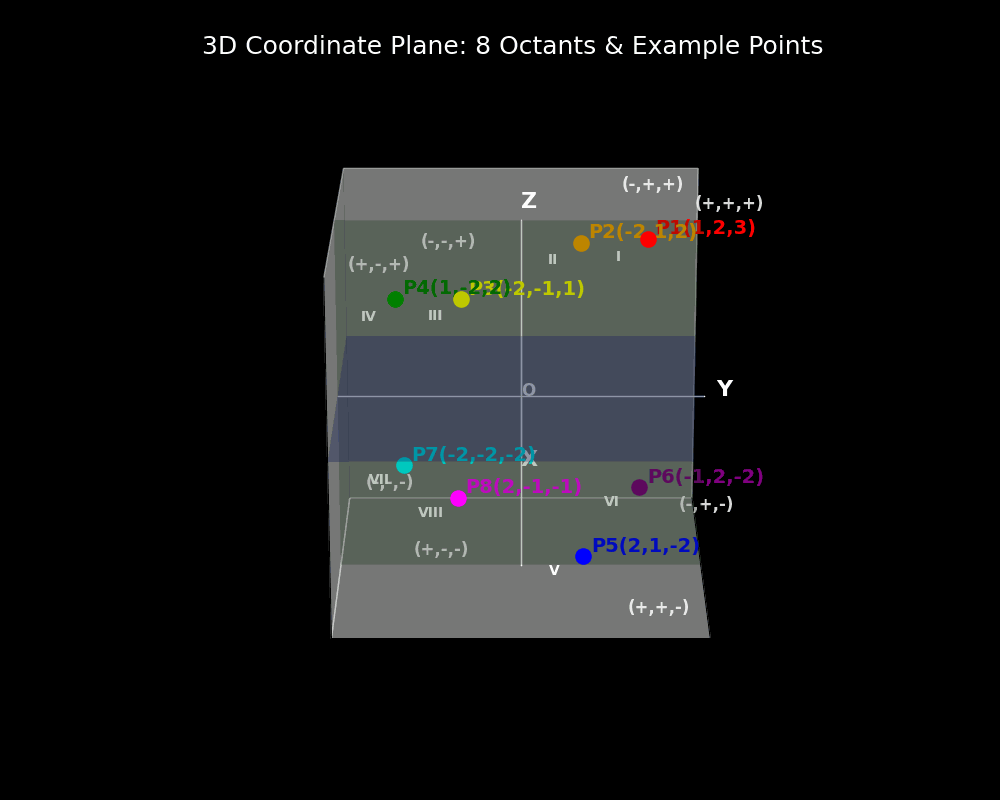
The Cartesian coordinate system, also known as the Rectangular Coordinate System, is a fundamental concept in mathematics, providing a structured framework for representing geometric shapes, algebraic equations, and various physical phenomena in two-dimensional, three-dimensional, and higher-dimensional spaces. Created by the French mathematician and philosopher René Descartes in the early 17th century, this system transformed mathematics by linking algebra and geometry. Descartes’ groundbreaking method of using number pairs to represent points on a plane enables a clear visual depiction of mathematical relationships.
The Cartesian coordinate system is a mathematical framework employed to describe the location of points in space through numerical coordinates. Although the system can be extended to any number of dimensions—such as four or more in advanced mathematics and physics—we generally concentrate on two-dimensional (2D) and three-dimensional (3D) spaces for most practical uses in geometry, engineering, physics, and computer graphics.
A two-dimensional space involves flat surfaces—like a sheet of paper—where each point has length and width, but no depth. A three-dimensional space introduces an additional element: depth, enabling the representation of real-world volumes and objects.
Understanding the Basics of the Cartesian Coordinate System
The Cartesian coordinate system is a mathematical framework used to describe the position of points in space using numerical coordinates.
While the system can be extended to any number of dimensions—such as four or more in advanced mathematics and physics—we typically focus on two-dimensional (2D) and three-dimensional (3D) spaces for most practical applications in geometry, engineering, physics, and computer graphics.
The system consists of two perpendicular number lines, the x-axis (horizontal) and the y-axis (vertical), which intersect at a point called the origin (0, 0). These axes divide the plane into four quadrants, numbered counter-clockwise starting from the top-right quadrant. Each point in the plane is uniquely identified by an ordered pair of numbers (x, y), where x represents the horizontal distance from the origin (along the x-axis) and y represents the vertical distance from the origin (along the y-axis). This simple yet powerful system allows us to represent geometric shapes and algebraic equations visually, making it an indispensable tool in various fields like physics, engineering, and computer graphics.
The beauty of the Cartesian Coordinate System lies in its ability to bridge the gap between algebra and geometry. By assigning numerical coordinates to points, we can translate geometric problems into algebraic equations and vice versa. For example, a straight line can be represented by a linear equation, and the solution to that equation corresponds to the points that lie on the line. This connection allows us to analyze geometric properties, such as distance, slope, and area, using algebraic techniques. Furthermore, the Cartesian Coordinate System provides a framework for understanding functions and their graphs. Each point on the graph of a function represents an input-output pair, and the graph itself visually depicts the relationship between the input and output values. This visual representation is invaluable for understanding the behavior of functions and solving related problems.
The ability to represent geometric shapes and algebraic equations visually is one of the most significant advantages of the Cartesian Coordinate System. Consider a simple linear equation like ##y = 2x + 1##. In the Cartesian plane, this equation represents a straight line. Each point on this line satisfies the equation; for instance, when ##x = 1##, ##y = 3##, giving us the point (1, 3). This visual representation allows us to easily identify the slope of the line (2 in this case) and the y-intercept (1). Similarly, more complex equations, such as those representing circles, ellipses, and parabolas, can be plotted in the Cartesian plane, providing a visual understanding of their properties. This visual approach is incredibly helpful in solving problems and understanding the relationships between different mathematical concepts, making the Cartesian Coordinate System an essential tool for both theoretical and applied mathematics.
Key Components and Concepts within the Cartesian Coordinate System
In this course, we will focus on 2-dimensional and 3-dimensional planes.
Two-Dimensional Cartesian Plane
In 2D, the Cartesian plane consists of two perpendicular number lines: the x-axis (horizontal) and the y-axis (vertical). These axes intersect at the origin, represented by the point (0, 0).
Any point on this plane can be identified using an ordered pair (x, y), where:
- x indicates the distance from the y-axis (left or right). This value is called the abscissa (the x-coordinate).
- y indicates the distance from the x-axis (up or down). This value is called the ordinate (the y-coordinate).
Thus, for any point (x, y), x is the abscissa and y is the ordinate.
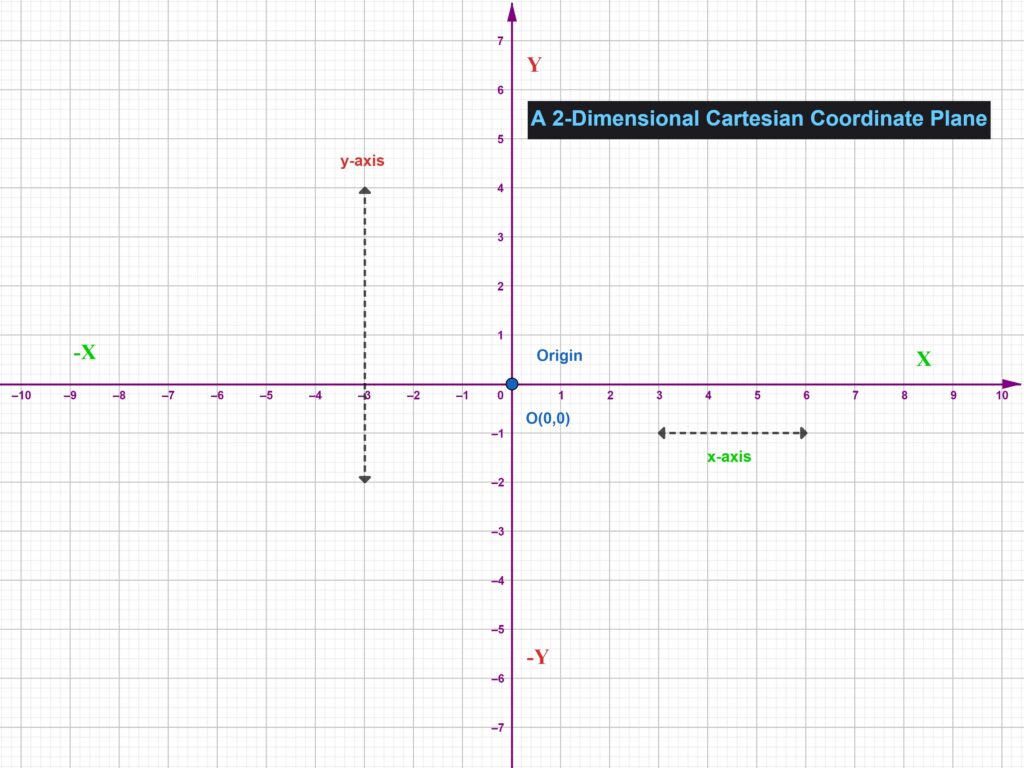

The Cartesian Coordinate System is built upon several key components and concepts that are essential for understanding its functionality. The foundation of the system is the two perpendicular axes: the x-axis (horizontal) and the y-axis (vertical). These axes intersect at the origin, which serves as the reference point (0, 0). Points in the plane are defined by ordered pairs (x, y), where x represents the horizontal distance from the origin and y represents the vertical distance. These coordinates uniquely identify the location of each point within the plane. Understanding these fundamental components is the first step in mastering the Cartesian Coordinate System and its applications.
Beyond the basic axes and coordinates, several other concepts are crucial. The four quadrants, formed by the intersection of the axes, each have specific sign conventions for the x and y coordinates.
Sign Conventions in Cartesian Coordinate System
| Quadrant | Sign Convention |
|---|---|
| Quadrant I | (+x, +y) |
| Quadrant II | (–x, +y) |
| Quadrant III | (–x, –y) |
| Quadrant IV | (+x, –y) |
Understanding these sign conventions is vital for correctly plotting points and interpreting the relationships between coordinates. Furthermore, the concepts of distance, midpoint, and slope are fundamental. The distance formula allows us to calculate the distance between two points, the midpoint formula helps us find the coordinates of the midpoint of a line segment, and the slope of a line describes its steepness and direction. These concepts are essential for solving geometric problems and analyzing the properties of lines and shapes within the Cartesian plane.
The Cartesian Coordinate System is not just about plotting points; it’s about understanding the relationships between those points. The distance formula, derived from the Pythagorean theorem, allows us to calculate the length of a line segment between two points ##(x_1, y_1)## and ##(x_2, y_2)##:
###d = \sqrt{(x_2 – x_1)^2 + (y_2 – y_1)^2}###.
The midpoint formula,
###M = \left(\frac{x_1 + x_2}{2}, \frac{y_1 + y_2}{2}\right)###
provides the coordinates of the point that lies exactly halfway between two given points.
The slope of a line, represented by
###m = \frac{y_2 – y_1}{x_2 – x_1}###
quantifies its steepness and direction. A positive slope indicates an upward trend, a negative slope indicates a downward trend, a slope of zero indicates a horizontal line, and an undefined slope indicates a vertical line. These formulas and concepts are the building blocks for more advanced topics in coordinate geometry, such as equations of lines, circles, and conic sections.
We will discuss these in later chapters.
Points and Coordinates
In the Cartesian Coordinate System, a point is represented by an ordered pair of coordinates (x, y). The x-coordinate, also known as the abscissa, represents the horizontal distance of the point from the y-axis, while the y-coordinate, or ordinate, represents the vertical distance from the x-axis. The origin, denoted as (0, 0), is the point where the x-axis and y-axis intersect.
Understanding how to plot points based on their coordinates is fundamental to working with the Cartesian system. For example, the point (2, 3) is located 2 units to the right of the origin and 3 units above the origin. Conversely, the point (-1, -2) is located 1 unit to the left of the origin and 2 units below the origin. Practice plotting various points to solidify your understanding of coordinate placement.
The position of a point in the Cartesian plane is entirely determined by its coordinates. The coordinate values dictate the point’s location relative to the origin and the axes. Positive x-values indicate positions to the right of the y-axis, while negative x-values indicate positions to the left. Similarly, positive y-values indicate positions above the x-axis, and negative y-values indicate positions below.
The four quadrants of the Cartesian plane are defined by the signs of the coordinates: Quadrant I (+, +), Quadrant II (-, +), Quadrant III (-, -), and Quadrant IV (+, -). Recognizing the quadrant in which a point lies provides valuable information about its position and can be helpful in solving problems. For instance, if you know a point has a negative x-coordinate and a positive y-coordinate, you immediately know it’s in Quadrant II.
Consider a few examples to illustrate the concept of points and coordinates.
- The point (5, 0) lies on the x-axis, 5 units to the right of the origin.
- The point (0, -3) lies on the y-axis, 3 units below the origin.
- The point (-2, 4) is located in Quadrant II.
- The point (3, 3) is located in Quadrant I.
- The point (-4, -1) is located in Quadrant III.
Understanding these basic examples is crucial. Visualizing these points on a graph helps solidify the concept. You can use graph paper or online graphing tools to plot these points and gain a better understanding of their locations. This hands-on practice is essential for mastering the Cartesian Coordinate System.
Three-Dimensional Cartesian Space
In 3D, a third axis is added: the z-axis, which is perpendicular to both the x- and y-axes. The x-, y-, and z-axes converge at the origin, now denoted as (0, 0, 0). Each point in this space is defined by an ordered triplet (x, y, z), where:
- x indicates horizontal distance,
- y indicates depth or lateral position,
- z indicates vertical height.
This three-dimensional Cartesian coordinate system allows us to model and analyze physical space, geometric solids, engineering designs, and more. It is vital in fields such as physics, architecture, robotics, and computer-aided design (CAD), where understanding the structure and position of objects in space is essential.
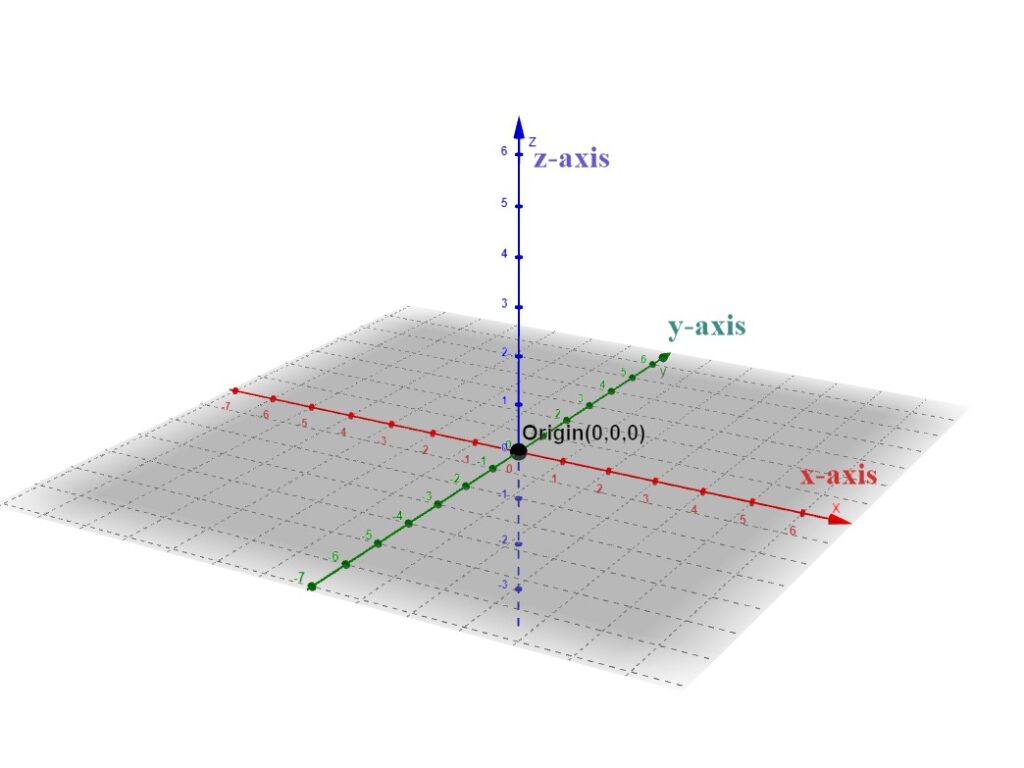
RESOURCES
- Cartesian coordinate system – Wikipedia
- Cartesian coordinates – Math Insight
- Why did Rene Descartes create the Cartesian coordinate system? : r …
- “Rigorous” definition of Cartesian coordinates – Mathematics Stack …
- ArcGIS Pro: 3D cartesian coordinate system – Esri Community
- On growth and form: a Cartesian coordinate system of Wnt and BMP …
- René Descartes and the Fly on the Ceiling | wild.maths.org
- Cartesian Coordinate System – Meaning, Example, Formulas
- On growth and form: a Cartesian coordinate system of Wnt and BMP …
- qgis – Creating a project without projection/simple Cartesian …





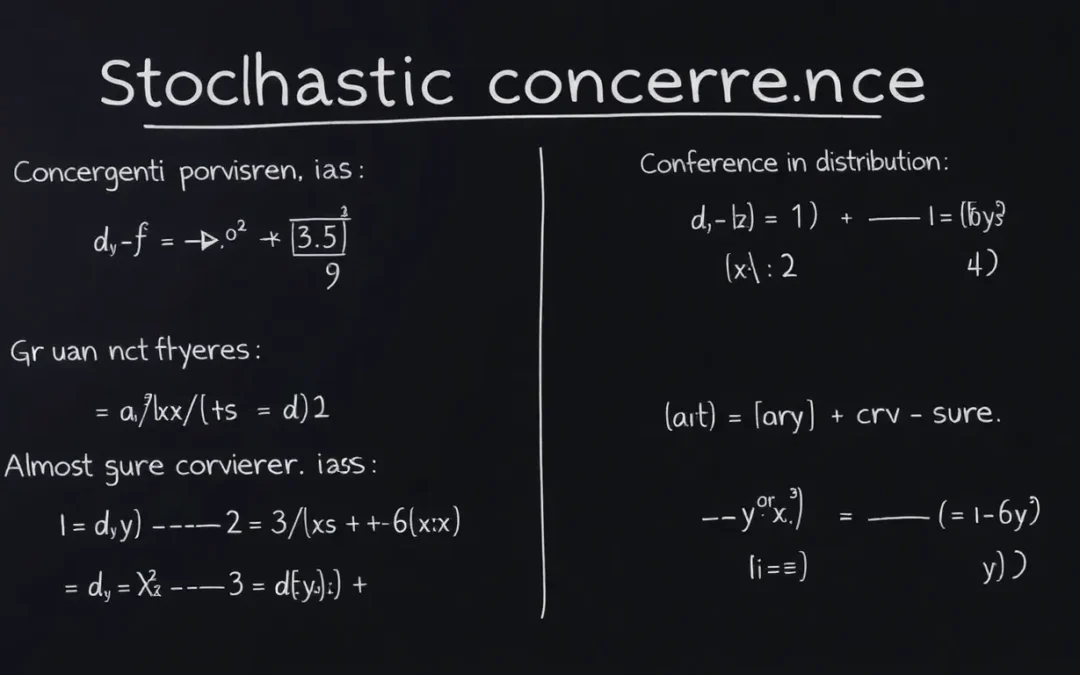
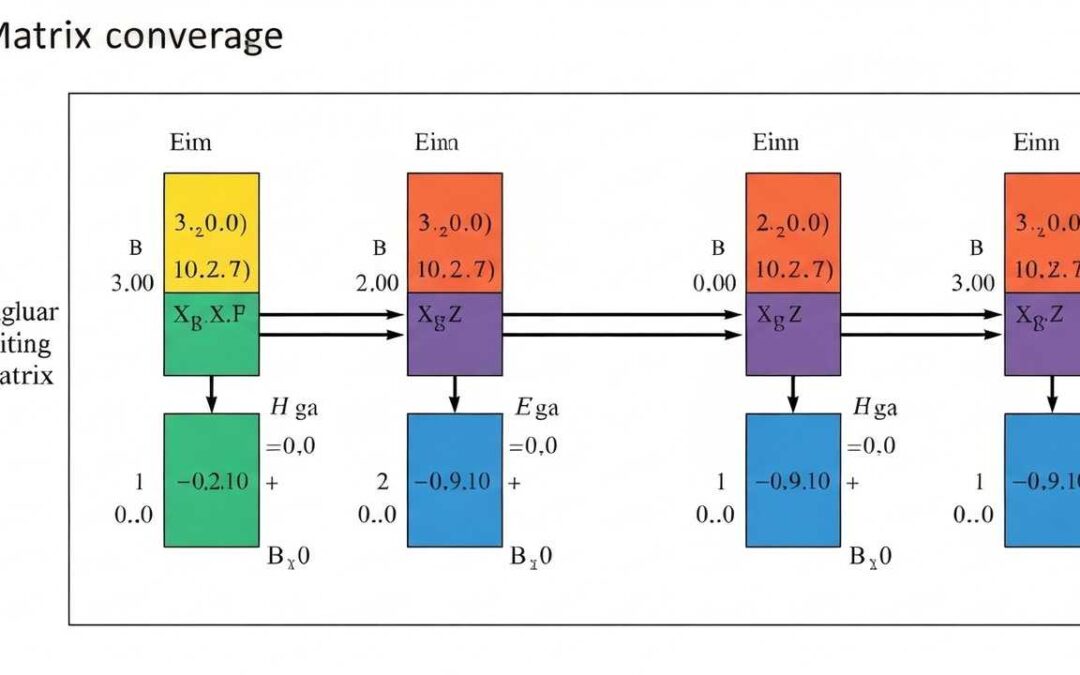


0 Comments